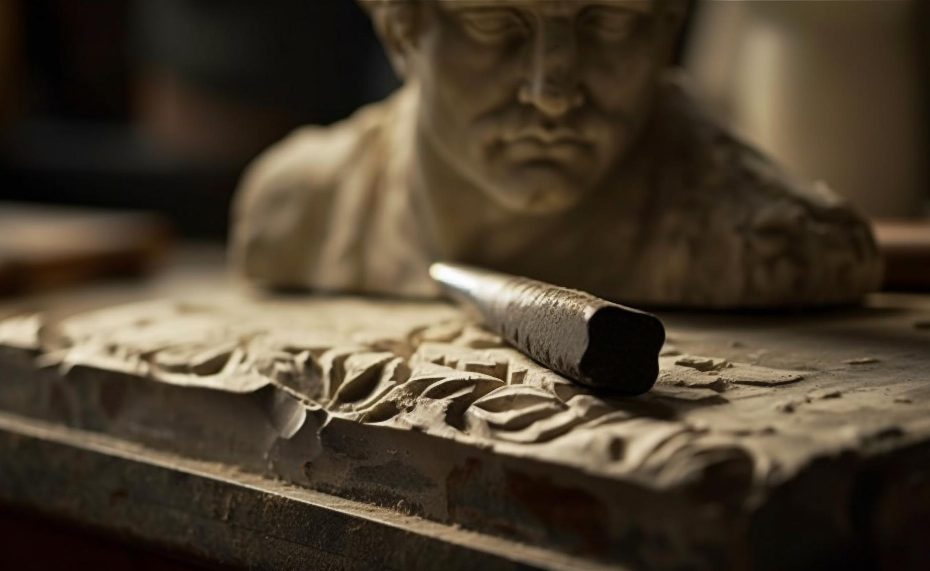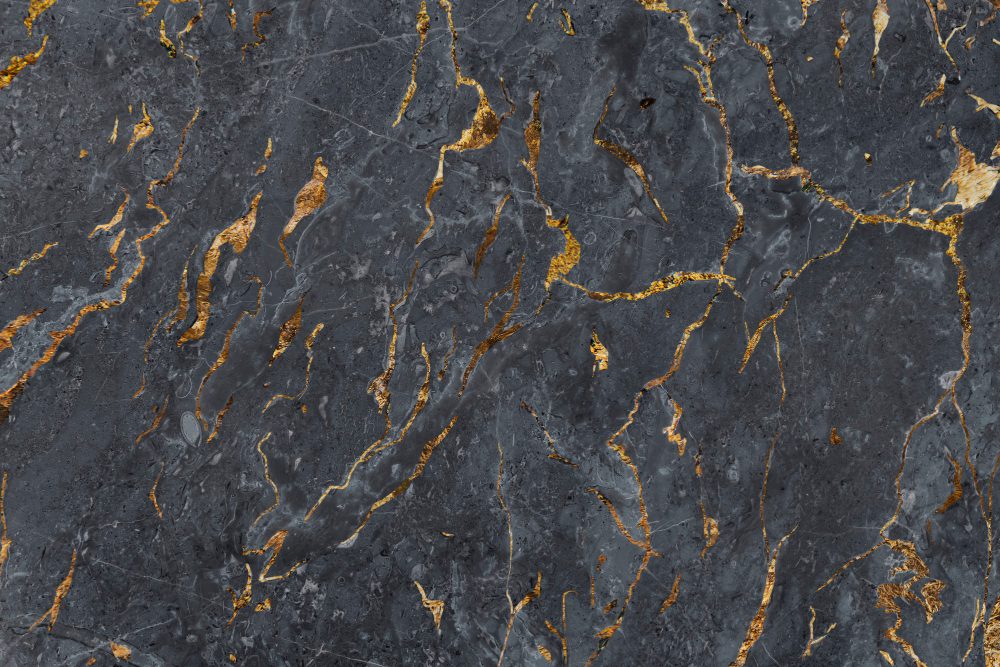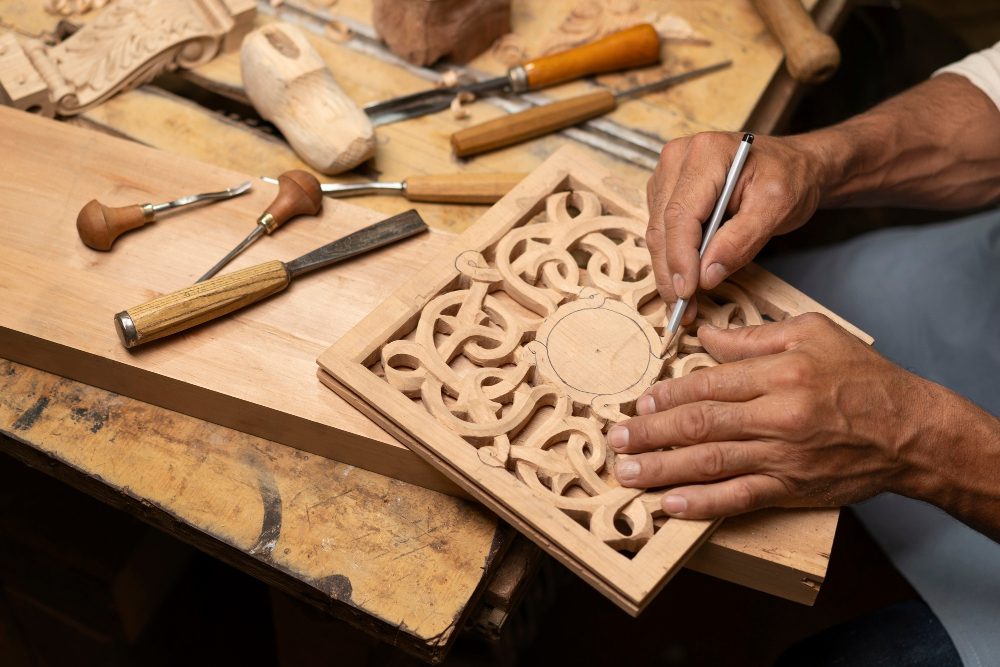How do you start stone carving?
Stone carving is a fascinating and ancient art form that has been practiced for centuries. It involves shaping and sculpting stone into beautiful and intricate designs. Whether you are a beginner or have some experience in art, stone carving can be a rewarding and fulfilling hobby to pursue. In this article, we will explore the essential steps and techniques to get you started on your stone carving journey.
1. Gather the necessary tools and materials
Before you begin stone carving, it is important to gather the right tools and materials. Some of the basic tools you will need include:
- Chisels and hammers: These are essential for removing large chunks of stone and shaping it.
- Rasps and files: These tools help in refining the shape and smoothing the surface of the stone.
- Safety goggles and gloves: Protect your eyes and hands from flying stone chips.
- Dust mask: Stone dust can be harmful when inhaled, so wearing a dust mask is crucial.
Additionally, you will need a suitable type of stone for carving. Common choices include limestone, marble, and soapstone, which are softer and easier to work with for beginners.
2. Plan your design
Before you start carving, it is helpful to plan your design. Consider sketching it out on paper or creating a small clay model to visualize the final result. This will give you a clear idea of the shapes and details you want to carve.
3. Start with rough shaping
Begin by securing your stone to a sturdy work surface using clamps or a vice. Use a larger chisel and hammer to remove excess stone and rough shape the basic structure of your design. Take your time and work slowly, gradually refining the shape as you go.
4. Refine the details
Once you have the rough shape, switch to smaller chisels, rasps, and files to refine the details. This is where the design starts to come to life. Pay attention to the curves, angles, and textures of your carving, working patiently to achieve the desired result.
5. Finishing touches and polishing
After you have achieved the desired shape and details, it’s time to add the finishing touches. Use sandpaper or abrasive stones to smooth the surface of the stone, removing any rough edges or marks. This step will give your carving a polished and professional appearance.
Tip: Applying a coat of stone sealer or wax can help protect your finished carving and enhance its natural beauty.
6. Practice and learn from others
Stone carving is a skill that develops with practice. Don’t be discouraged if your first few attempts don’t turn out as expected. Keep practicing and experimenting with different techniques. Additionally, consider joining a local stone carving group or workshop where you can learn from experienced carvers and exchange ideas.
- Learn from books and online resources: There are many books, websites, and videos available that provide valuable tips, techniques, and inspiration for stone carving.
- Visit exhibitions and museums: Observe and study stone carvings in exhibitions and museums to gain a deeper understanding of the art form.
Remember, stone carving is a journey, and each piece you create will teach you something new. Embrace the process, enjoy the satisfaction of seeing your creations come to life, and let your creativity flourish.
What are carvings in stone called?
Carvings in stone are known by various names depending on the technique and purpose. Here are some commonly used terms:
1. Sculptures
Sculptures refer to three-dimensional artworks created by shaping or carving stone. This term encompasses a wide range of styles and techniques, from ancient Greek marble sculptures to modern abstract stone designs.
2. Reliefs
Reliefs are carvings that are attached to a flat surface, such as a wall or a stone slab. They can be either low relief (bas-relief), where the design projects slightly from the background, or high relief, where the figures are more prominently carved.
3. Engravings
Engravings involve incising or cutting designs into the stone’s surface using tools like chisels or drills. These carvings can be intricate and detailed, often used for decorative purposes or inscriptions.
4. Inscriptions
Inscriptions are carvings in stone that typically consist of words, letters, or symbols. These can serve various purposes, such as memorial plaques, historical markers, or identifying information about a building or monument.
5. Petroglyphs
Petroglyphs are ancient rock carvings made by indigenous cultures and early civilizations. They often depict symbols, animals, or human figures and provide valuable insights into the cultural history of a region.
6. Gravestones and Headstones
Gravestones and headstones are carvings found in cemeteries, serving as memorials for the deceased. They can include epitaphs, names, dates, and sometimes elaborate sculptures representing the person buried.
7. Cuneiform Tablets
Cuneiform tablets are stone tablets engraved with wedge-shaped script used in ancient Mesopotamia. These writings provide valuable historical records of the societies that created them and are among the earliest forms of written language.
8. Steles and Stelae
Steles, also known as stelae, are tall, upright stone slabs or pillars often used for commemorative or ceremonial purposes. They frequently feature engravings, reliefs, or inscriptions and can be found around the world in various cultures.
9. Busts and Portraits
Busts and portraits are carvings that focus on representing the likeness of a person’s head, neck, and shoulders. These can be standalone sculptures or part of a larger monument or building facade.
10. Architectural Ornamentation
Architectural ornamentation refers to decorative carvings incorporated into buildings, such as capitals, friezes, and cornices. These carvings often serve aesthetic purposes, adding beauty and intricacy to architectural structures.
Carvings in stone showcase humanity’s creativity and craftsmanship throughout history, providing lasting cultural, historical, and artistic legacies.
What do you need to sculpt stone?
Stone carving is a fascinating art form that requires a few essential tools and materials. Whether you’re a beginner or an experienced sculptor, having the right equipment is crucial to creating beautiful stone sculptures. Here are some of the key items you’ll need to get started:
1. Stone
The first thing you’ll need is a suitable piece of stone to carve. Different types of stones have unique properties and characteristics, so it’s important to choose one that suits your artistic vision and skill level. Common choices include marble, limestone, and soapstone. Consider the size and shape of the stone as well, depending on the sculpture you intend to create.
2. Tools
A variety of tools are used in stone carving, each serving a specific purpose. These include:
- Chisels: Chisels come in different shapes and sizes and are used for removing large sections of stone.
- Mallet: A mallet is used to strike the chisel, providing the force needed to shape the stone.
- Rasps and files: These tools are used for refining the carved surfaces and achieving final details.
- Sandpaper: Sandpaper helps in smoothing the surface of the sculpture.
3. Safety Equipment
Sculpting stone can be a hazardous activity, so it’s important to prioritize safety. Some essential safety equipment includes:
- Safety goggles: Protect your eyes from flying stone particles.
- Dust mask: Prevent inhalation of stone dust, which can be harmful to your respiratory system.
- Gloves: Protect your hands from cuts and abrasions.
4. Workspace
Having a dedicated workspace is crucial for stone carving. Ideally, your workspace should be well-ventilated and have good lighting. A sturdy workbench or table is necessary for securing the stone while you carve.
Tip: Prioritize safety throughout your stone carving journey. Wear the appropriate safety equipment and take breaks to avoid strain and fatigue.
5. Patience and Perseverance
Sculpting stone is a challenging and time-consuming process that requires patience and perseverance. It may take several hours, days, or even weeks to complete a sculpture, so be prepared for the long haul and enjoy the journey.
Remember, stone carving is a skill that develops over time. Keep practicing and experimenting with different techniques to refine your craft. Happy sculpting!
Can you cut stone by hand?
When it comes to stone carving, one of the fundamental questions that often arises is whether it is possible to cut stone by hand. The short answer is yes, it is indeed possible to cut stone by hand. In fact, hand tools have been used for centuries by skilled craftsmen to shape and sculpt stone into various forms and structures. While modern technology has introduced more efficient methods, traditional hand tools are still used by many artisans around the world.
The Tools
To cut stone by hand, you will need a set of essential tools:
- A chisel: This sharp-edged tool is used to chip away at the stone, creating precise cuts and shapes.
- A mallet: A heavy hammer-like tool that is used to strike the chisel and drive it into the stone.
- A rasp: This rough file-like tool is used to smooth and shape the edges of the stone.
- A pitching tool: This tool is used to split large blocks of stone into smaller, more manageable pieces.
The Technique
The process of cutting stone by hand requires skill, patience, and precision. Here are the basic steps involved:
- Marking the stone: Use a pencil or chalk to mark the desired cuts and shapes on the stone’s surface.
- Chiseling: Position the chisel on the marked line and strike it gently with the mallet. Continue chiseling along the marked lines until the desired shape is achieved.
- Smoothing: Use the rasp to remove any rough edges and achieve a smooth finish on the stone.
Benefits of Hand-Cutting Stone
Cutting stone by hand offers several benefits:
- Artistic control: Hand-cutting allows artisans to have complete control over the shape and design of the stone, resulting in unique and personalized creations.
- Authenticity: Hand-cut stone pieces often exude a sense of authenticity and craftsmanship that may be lacking in machine-cut stones.
- Simplicity: Hand-cutting requires minimal tools and equipment, making it a more accessible method for those starting out in stone carving.
“Hand-cutting stone is a laborious but rewarding process that allows the artist to connect with the material in a way that machines cannot replicate.”
In conclusion
While modern technology has introduced advanced cutting techniques, cutting stone by hand remains a viable and revered method. The use of traditional hand tools not only allows for artistic expression but also provides a sense of connection between the artist and the stone. So, if you are interested in stone carving, don’t hesitate to explore the world of hand-cutting stone.



